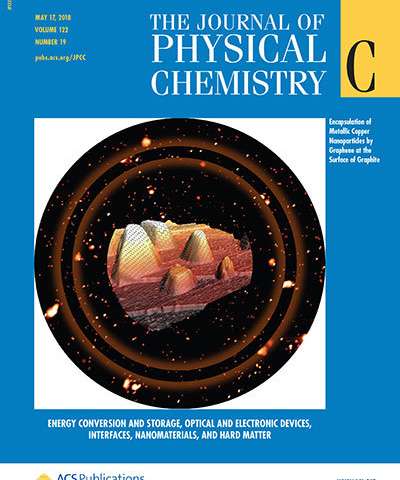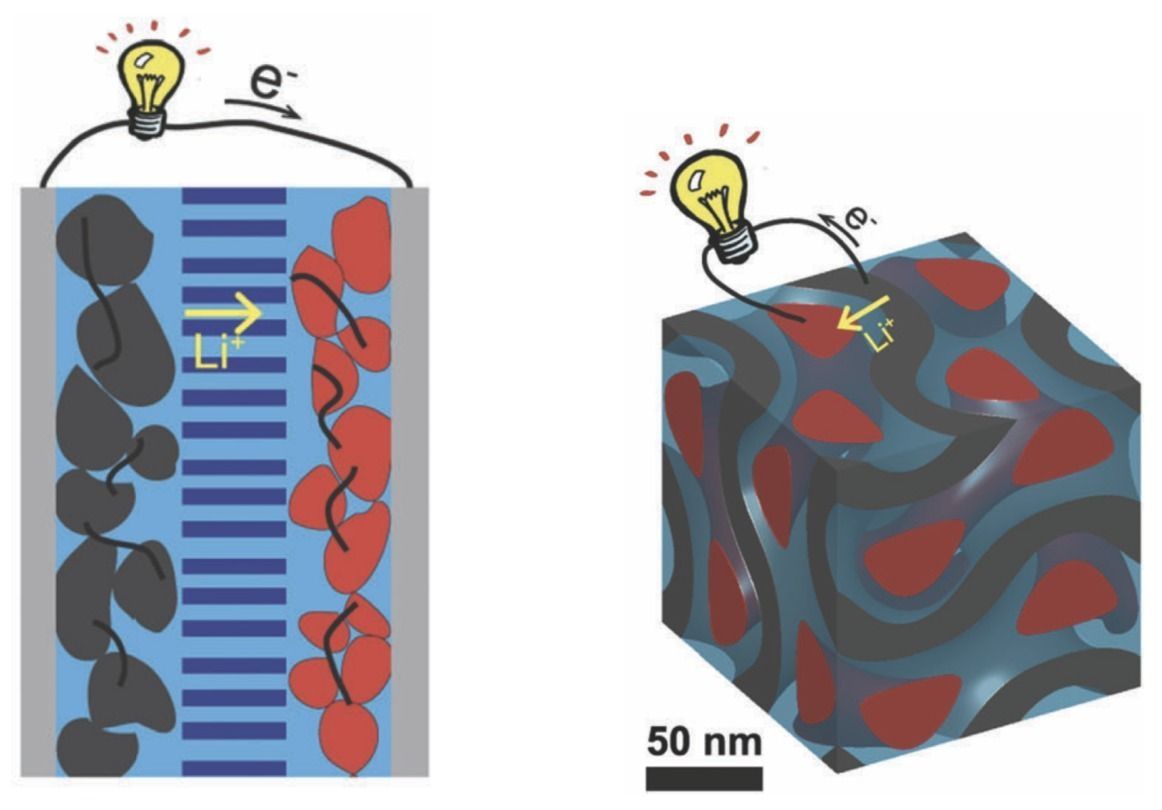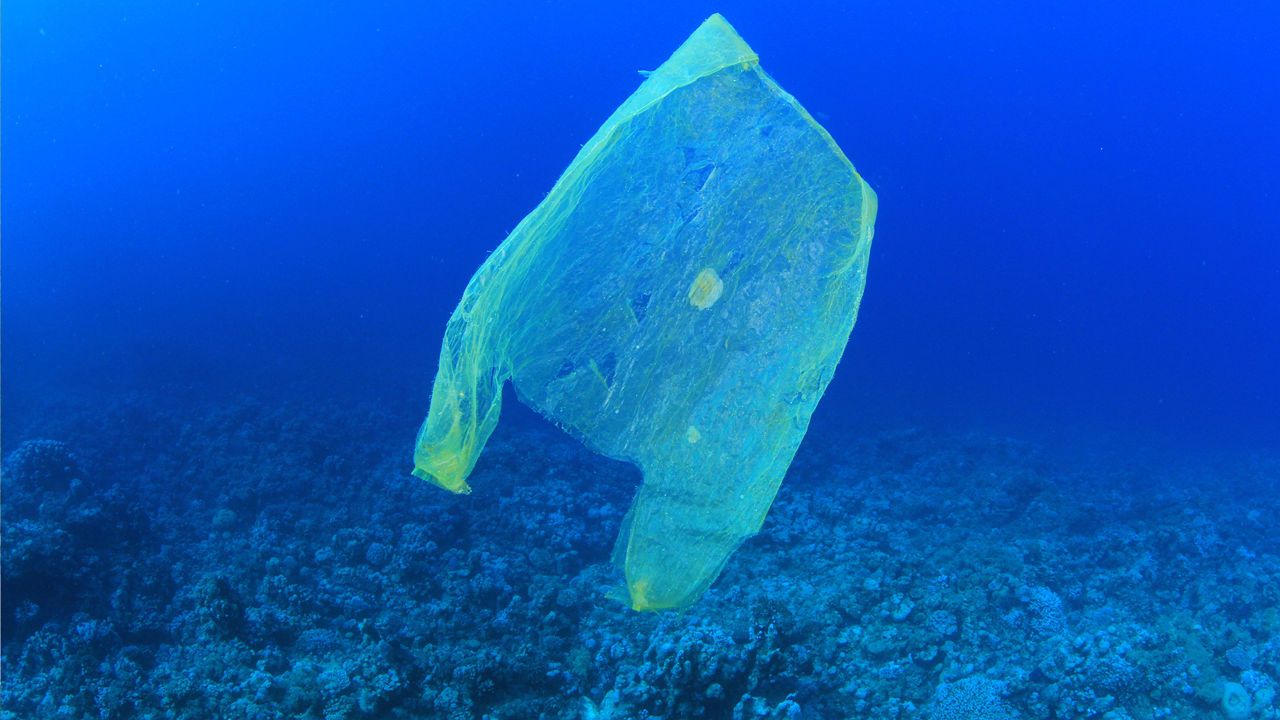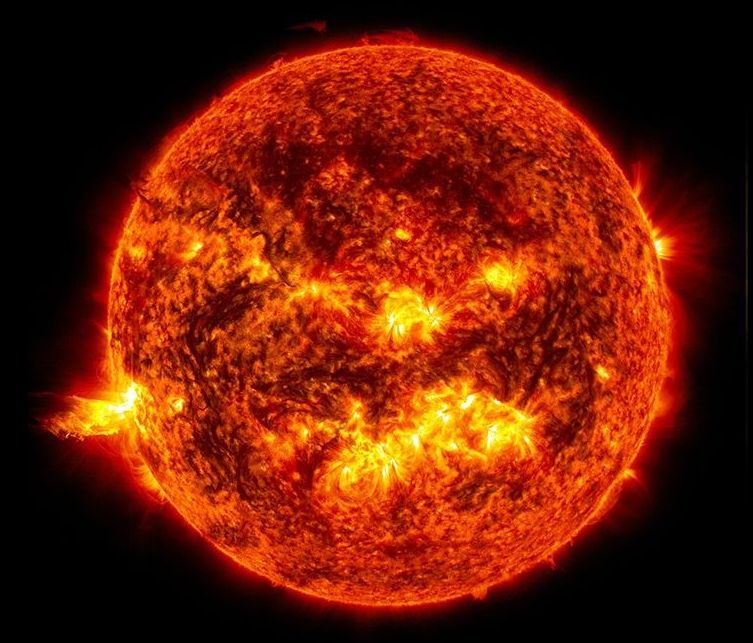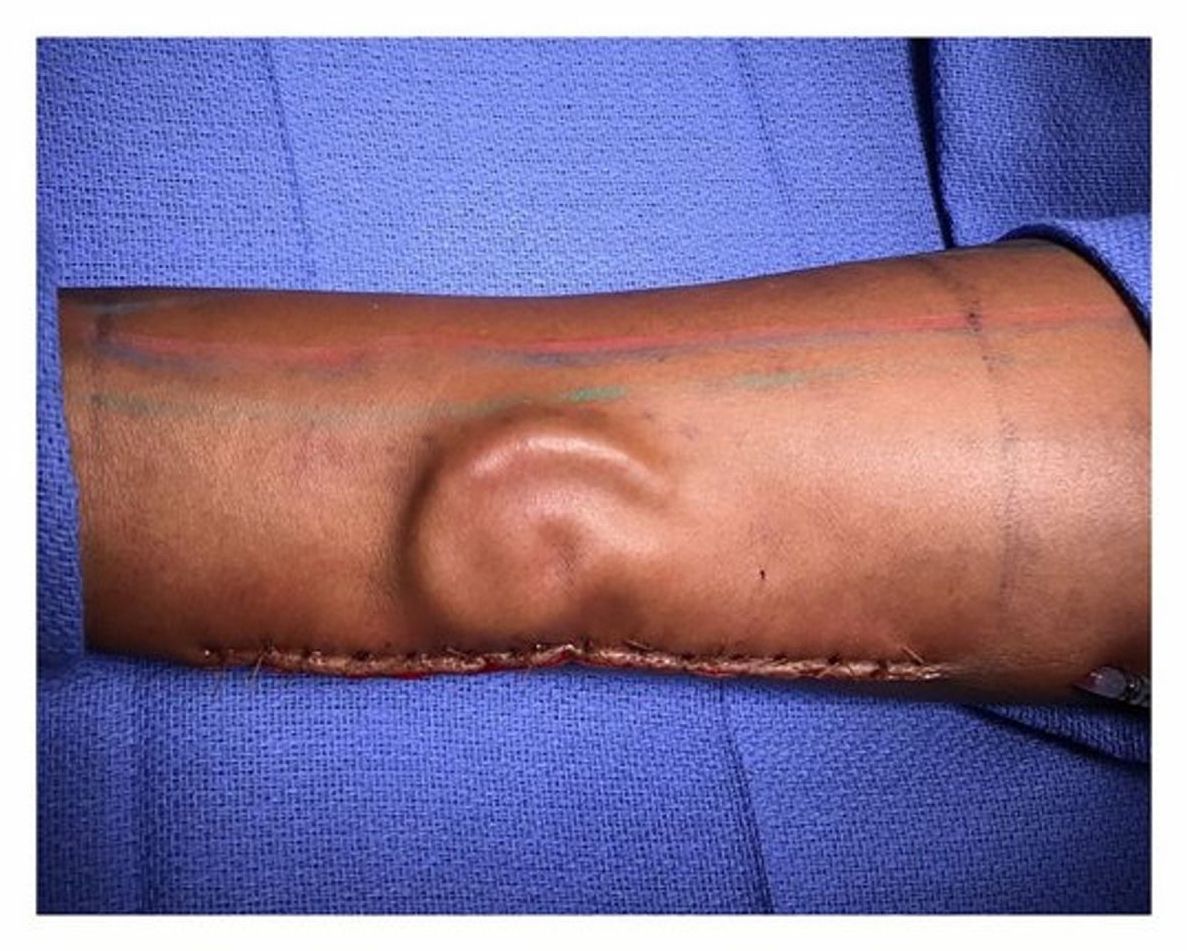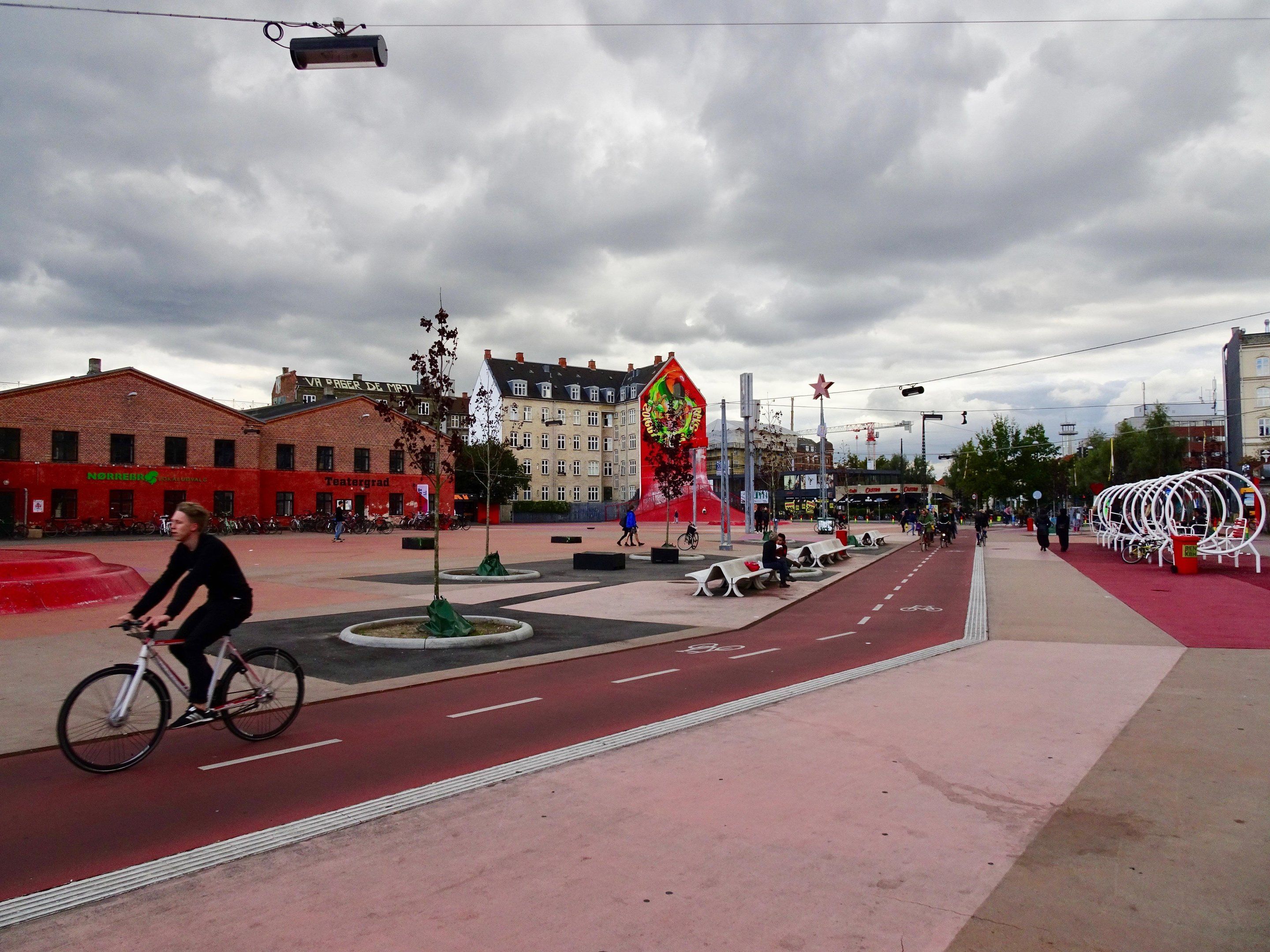Archive for the ‘materials’ category: Page 249
May 21, 2018
Newly discovered copper and graphite combo could lead to more efficient lithium-ion batteries
Posted by Bill Kemp in categories: energy, materials
A first-of-its-kind copper and graphite combination discovered in basic energy research at the U.S. Department of Energy’s Ames Laboratory could have implications for improving the energy efficiency of lithium-ion batteries, which include these components.
“We’re pretty excited by this, because we didn’t expect it,” said Pat Thiel, an Ames Laboratory scientist and Distinguished Professor of Chemistry and Materials Science and Engineering at Iowa State University. “Copper doesn’t seem to interact strongly or favorably with graphitic materials at all, so this was a big surprise. It really challenges us to understand the reasons and mechanisms involved.”
The scientists bombarded graphite in an ultra-high vacuum environment with ions to create surface defects. Copper was then deposited on the ion-bombarded graphite while holding it at elevated temperature, at 600–800 K. The synthetic route created multilayer copper islands that are completely covered by graphene layer(s).
May 19, 2018
Revolutionary 3D nanohybrid lithium-ion battery could allow for charging in just seconds
Posted by Klaus Baldauf in categories: materials, nanotechnology
Left: Conventional composite battery design, with 2D stacked anode and cathode (black and red materials). Right: New 3D nanohybrid lithium-ion battery design, with multiple anodes and cathodes nanometers apart for high-speed charging. (credit: Cornell University)
Cornell University engineers have designed a revolutionary 3D lithium-ion battery that could be charged in just seconds.
In a conventional battery, the battery’s anode and cathode (the two sides of a battery connection) are stacked in separate columns (the black and red columns in the left illustration above). For the new design, the engineers instead used thousands of nanoscale (ultra-tiny) anodes and cathodes (shown in the illustration on the right above).
May 16, 2018
Two cool: A pair of patents filed on breakthrough materials for next-gen refrigerators
Posted by Bill Kemp in categories: energy, materials
May 16, 2018
Plastics are ubiquitous in the deep ocean — even in the Mariana Trench
Posted by Bill Kemp in category: materials
May 14, 2018
This ‘singing’ space cloud is where stars and planets are born
Posted by Genevieve Klien in categories: materials, space
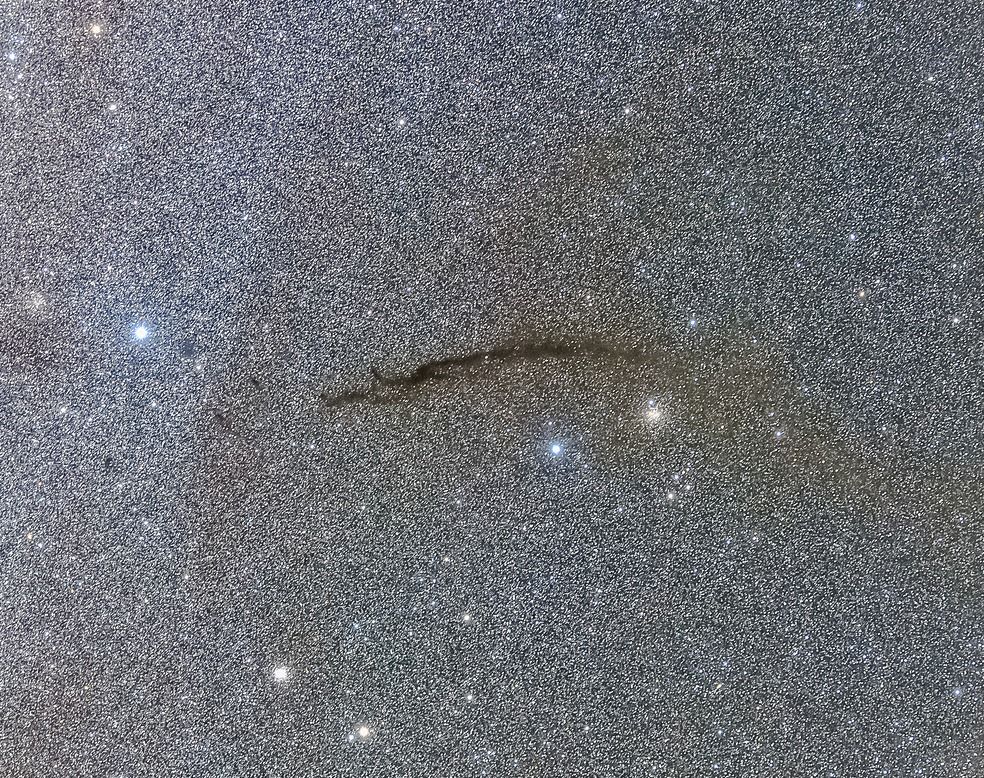
Long before our Sun formed it was nothing more than a bunch of material floating listlessly in a large cloud of gas, dust, and debris. These space clouds, called nebulas, are where stars and planets are born, eventually coalescing into larger bodies which become slaves to gravity and form systems such as the one we currently reside in. But what factors affect star and planet formation, and what ultimately determines the type of stars that form? Using observations of one very special nebula, scientists now think have begun to understand.
One of the biggest hurdles in studying these molecular space clouds is that telescopes can only produce a 2D picture of them, making it impossible to model the interior structure and movements of the dust and gasses. Researchers focused on the cloud known as Musca, which lies hundreds of light years away from Earth, but is still close enough to study. The scientists discovered that this particular cloud is “singing.”
Continue reading “This ‘singing’ space cloud is where stars and planets are born” »
This image shows the bright light of a solar flare on the left side of the Sun and an eruption of solar material shooting through the Sun’s atmosphere.
May 10, 2018
Doctors Replaced a Soldier’s Lost Ear Using a Wild Medical Technique
Posted by Genevieve Klien in categories: biotech/medical, materials
In a first for United States Army doctors, Burrage received an ear transplant that was grown from her own tissue inside her own body. A team, led by Lieutenant Colonel Owen Johnson III, the chief of plastic and reconstructive surgery at William Beaumont Army Medical Center in El Paso, Texas, harvested cartilage from Burrage’s ribs, carved it into the shape of an ear, and implanted it under the skin in her arm. There, it developed blood vessels, which Johnson says will allow Burrage to regain feeling in the ear once it’s healed. In an announcement released on Monday, Johnson called the operation a success.
Article continues below.
May 6, 2018
This concrete-smoothing robot is laser-guided
Posted by Dan Kummer in categories: materials, robotics/AI
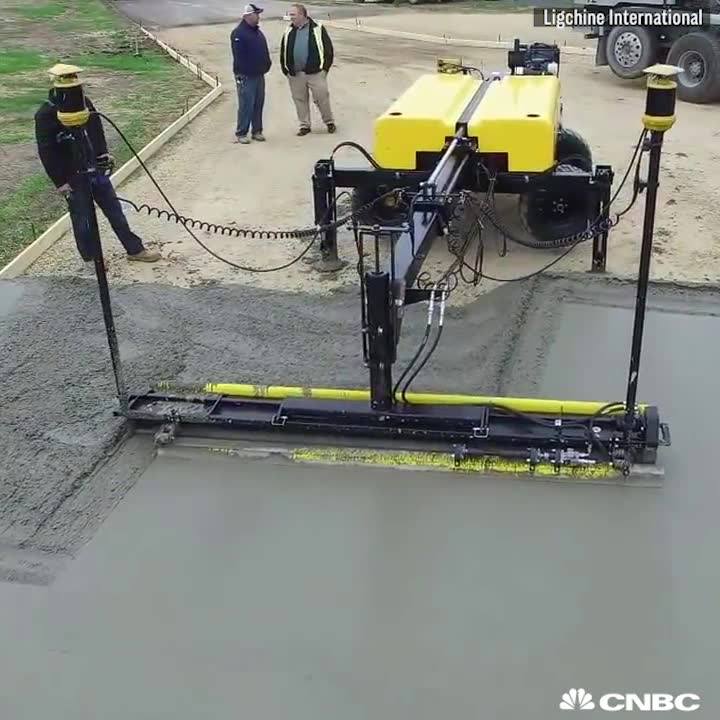
This machine can smooth 10,000 square feet of concrete — the equivalent of a New York City block — in an hour.
May 2, 2018
Why public spaces in European cities are becoming homogenized
Posted by Bill Kemp in category: materials
European public spaces are becoming more original, but also more homogeneous. The author of an architecture thesis, written at EPFL, explains this paradox and calls on critics and public authorities to do something about it.
For almost two decades, designers of public spaces throughout Europe have been striving to give passers-by unique experiences. Using a multitude of materials, shapes, interactive street furniture and sensory effects, these squares, streets and walkways are becoming genuine tourist attractions for their cities. The problem is that, rather than integrating with the existing urban environment, the public spaces of the 21st century are tending to diverge from it intentionally and, most importantly, to look alike.
This is one of the findings in Sonia Curnier’s thesis, which she researched at EPFL’s Theory and History of Architecture Laboratory (LTH2), supervised by Bruno Marchand. Until now, academic research has mainly focused on the use of public spaces, for example observing whether or not passers-by really connect with them, but spent very little time looking at their design. This is the novel approach taken by Curnier’s thesis, which offers the first comprehensive overview of the subject. The public defense of his Ph.D. will take place on 2 May at EPFL.

